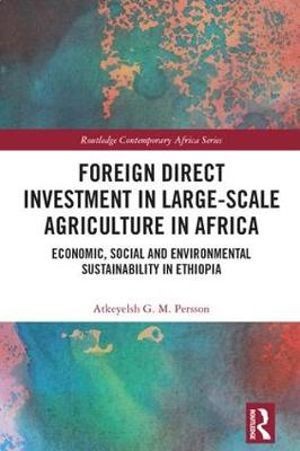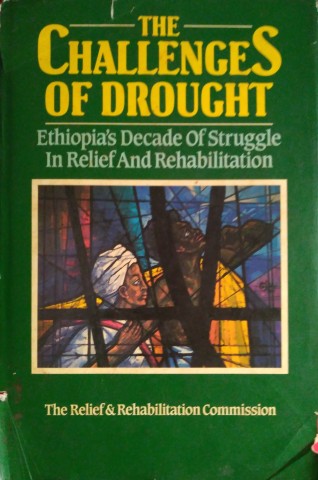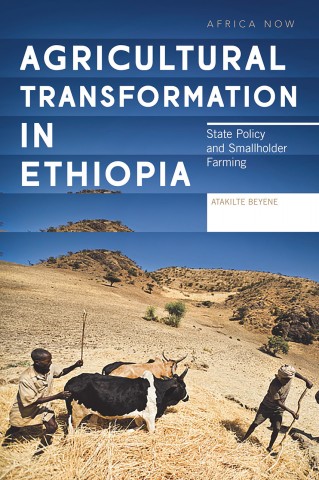Siegfried Pausewang (1937-2012) was one of the leading European scholars of Ethiopia, with contributions made over decades. His engagement in Ethiopia began in the late 1960s, as a professor at the then Haile Selassie University (now Addis Ababa University). This post covers "Peasants, Land and Society: A Social History of Land Reform in Ethiopia" (1983), and also include Options for Rural Development (1990) and The Challenge of Democracy from Below (2002). Notes:
On research neutrality: "Critics may object that such an approach is wide open to subjectivity and renders the analysis both inexact and uncontrollable. This is correct, in a way. Realistically I can base my report only on my own experience, which includes, of course, my perception of the experience of others. In addition, my work is admittedly subjective in its perspective. For I deliberately tried to understand social developments from a particular point of view, i.e. to identify their significance for peasants and to analyze their influence on the well-being of those individuals and groups who bear the heaviest burden within a society. My research, let me be clear, is not intended to be neutral, but rather to be a tool in finding ways to improve life conditions for the under-privileged. Neutrality, to my mind, is unattainable. Research is always interference, whether intentional or not, if not on the side of the underprivileged, then in the interest of the status quo." (emphasis original, p. 3)
External dependence: "The upheaval of traditional Ethiopian societies by Menelik's conquests supports a thesis by a group of scholars that major historical changes in Ethiopia were caused, or at least catalyzed, by changes in trade routes and their control (Cooper et al, 1975; 10-20). While trade provided Menelik with the weapons for conquest, his policies of centralization following conquest in turn provided further scope for trade. In this climate of dependency, no longer could it be said, as in the past, that 'products and practices of long-distance trade were separate from the internal systems [of Ethiopia]'; the difference proved crucial." (p. 45)
Internal dependence: "as long as the nobility, with the emperor on top, depended on local support, their ability to exploit peasants was limited by this very dependence. Menelik's army, however, was quite self-sufficient and could therefore exploit peasants with impunity." (p. 45)
Agricultural systems: "By evicting tenant-peasants, a landlord could dispose of this entire property as he pleased. Modern machinery made it possible to engage in single-crop cultivation over vast areas, producing large quantities of export products. Cash wages paid to a few full-time skilled personnel and a batch of seasonal workers were negligible compared to the increase in production and profit. Thus, though machinery requires considerable capital investment, commercial mechanized agriculture could be highly profitable for the landlord prepared to do away entirely with peasant farming... The high profitability of mechanized farming could, under the given social conditions in Ethiopia, only be reaped by sacrificing the peasant majority." (p. 53-54)
On discrimination and colonization: "When my interpreter, who is Oromo, asked how they could distinguish a Galla from other visitors, they unanimously agreed that the Galla could be easily identified by their savage behaviour and wild appearance. Asked further what would happen if an urbanized and educated Oromo were to come, they replied that such a phenomenon was beyond the capacity of 'those savage people'." (p. 133)
Biases in development: "...the government continued to establish settlement projects in the region and to commission roads and other infrastructure necessary for commercial agriculture. Often, such infrastructure was built by foreign volunteers, who, not having sufficient understanding of the dynamics of power in rural Ethiopia communities, became unwitting tools for the promotion of the landlord class' definition of development." (p. 139)




